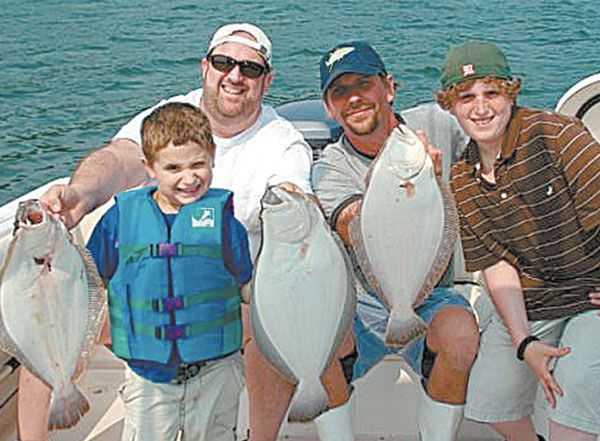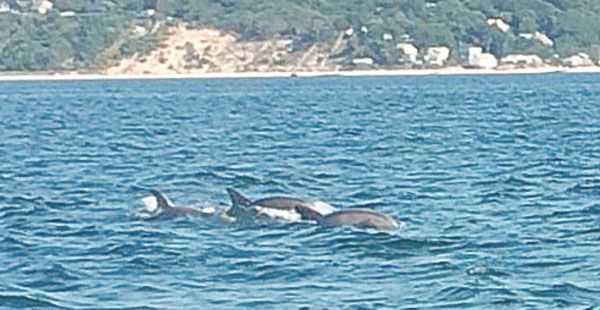Two Sides to the Story of Asharoken Beach
The Army Corp of Engineers is moving forward, more quickly now, to implement $30,000,000 in Sandy Funds to replenish Asharoken Beach. Approximately 600,000 cubic yards of sand will be relocated to the Sound side beaches following a bill approved by the Senate on Jan. 28.
The bill, The Hurricane Sandy Supplemental Funding Bill, sets aside $2 million for the completion of a feasibility study and now $30 million for a sand dump to mitigate erosion on Asharoken’s beaches. Asharoken’s sand dunes were wiped away during Hurricane Sandy.
But many in the local fishing community are concerned that the areas they are dredging and the sand they are relocating will create bigger problems than they solve.
The Army Corp of Engineers is moving forward, more quickly now, to implement $30,000,000 in Sandy Funds to replenish Asharoken Beach. Approximately 600,000 cubic yards of sand will be relocated to the Sound side beaches following a bill approved by the Senate on Jan. 28.
The bill, The Hurricane Sandy Supplemental Funding Bill, sets aside $2 million for the completion of a feasibility study and now $30 million for a sand dump to mitigate erosion on Asharoken’s beaches. Asharoken’s sand dunes were wiped away during Hurricane Sandy.
But many in the local fishing community are concerned that the areas they are dredging and the sand they are relocating will create bigger problems than they solve.
The proposed borrow areas are located off eastern shore of Eatons neck and include prime fishing spots like Brushpile and East Bar that support huge populations of fish, crustacean and invertebrate marine life. Alternate dredge areas include part of the flats off the oil platform and Makamah Beach. Recent otter trawls in these areas have identified 33 finfish and 10 macroinvertebrate species, including squid, according to local fishermen.
The loss of this habitat, which some call our own “Georges Banks” is being listed as temporary by proponents of the dredging. Others in the fishing community say, “not so.” The fishing community has also raised the issue of high levels of Chrystene, a PAH, that are imbedded in the bottom sediment. Some are showing the frustration that just when we seem to be getting a handle on a cleaner Long Island Sound – who can forget the humpbacks and dolphins last summer – this is a dangerous move in the wrong direction. They are advocating for a less productive dredge area, or better still, to bring sand in to replenish area beaches.
We have made strides in recent years and have seen some of the more delicate species like blowfish return to local waters. We would hate to see these local bottoms dredged and wiped clean of local marine life while bringing up toxic materials from the bottom to distribute through local waters. Has the issue of trucking sand in been thoroughly vetted? Is it worth a few bucks to keep the progress of cleaner water in the Long Island Sound on track worth it? We think it is. What do you think?












